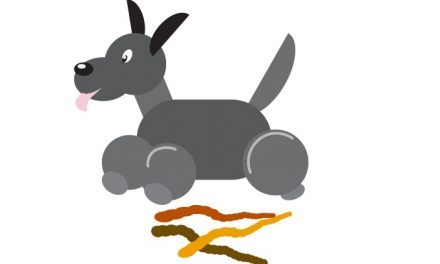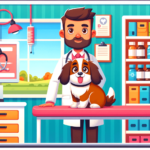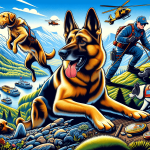Cancer is not a word or concept we want to hear or think about. When this deadly illness strikes animals, it’s all the more heart-wrenching because they can’t communicate their pain in words. If you’ve had a pet pass away due to any reason, you would know the pain is akin to losing a close friend or family member.
As in humans, dog cancer is more treatable if it’s caught in the early stages. Of course, a dog cannot be expected to notice these disturbing signs. It’s up to you to find out what symptoms need checking up on right away! To make it easier, we’ve listed and discussed some of the most common ones below:

Unexpected Growths
As your dog ages, it’s probably going to have some fat deposits around its body. These could also include other kinds of lumps, including tumors, some swelling, or any other growth that wasn’t there before.
Many of these growths would be benign and harmless, but just as many may be cancerous. Any noticeable tumors could be an early warning sign of mammary cancer, skin cancer, or any other strain of the dangerous disease.
Our advice would be not to wait until some lumps are visible to the naked eye. Perform a lump check every single month, just like many women do to rule out breast cancer. These checks should be extremely regular as your dog grows older. When you feel any lumps in the beginning, it’s best to get them checked out by a vet right away.
You may also add to your knowledge and experience of lumps as time goes on. After a few checking sessions, you’d be able to tell whether a lump is just a fat deposit or something to be concerned about. Nevertheless, do take your dog for regular checkups just to be on the safe side.
Wounds Not Healing
A healthy animal or human would most likely have a body that’s able to heal its own minor scars and wounds. If your dog has developed a wound for any reason and it’s not healing on its own, this may be a serious cause for concern. Some wounds may also develop on their own without any plausible external explanation.
Make sure to check your dog’s wounds every single day, especially if it is an old one. With the proper care and cleaning, any wound should be able to scab, heal, and patch up without extra effort. If it’s not a burn wound, there should even be hair growing over the once-injured patch. If the wound seems to stay raw for weeks, it’s time for a complete checkup.
You may also notice some lesions or wounds occurring again and again without any explanation. Again, keep an alert eye for such symptoms and make sure to note them.
Limping Without Reason
If your dog suddenly goes lame without any apparent injury, it may be because of the pain or tenderness it feels in one leg. Check to see if your old or middle-aged dog is limping or favoring one leg over the others. It may also not be able to get any support from a certain limb at all and may be holding it up while hopping along on three legs.
Sudden limping or lameness are both signs of early bone cancer for dogs. They may be in great pain, so it is imperative that you take them to the vet right away. Be aware that a dog may also start limping because of arthritis, so you want to rule that out before you instantly jump to cancer conclusions. It is the sudden onset that should worry you the most, though arthritis also needs treatment.
Rapid Weight Changes
If your dog is developing canine cancer, one of the first signs of this is quick weight loss. If your dog is suddenly showing its bones without a change of food or exercise routine, this is an alarming signal. It may be a symptom of gastrointestinal tumors, which cannot be detected from the dog’s exterior body.
This rapid weight loss may also come with a change of appetite. If your dog is refusing foods that were once its favorite or simply not eating altogether, see a vet. Pills to enhance hunger will not help your dog if the issues really are as serious as cancer.
The opposite scenario, that of sudden weight gain, is also problematic. Again, if the dog seems to eat like before but is growing bloated and heavy, it is high time you booked an appointment for it.
Disturbing Bleeding
Any abnormal bleeding or discharge is a sign that you need to sit up and take action for the sake of your dog’s health. This is a dog cancer sign that you can see very clearly. The bleeding could come from the nose, stool, or mouth. If there’s a weird discharge from the eyes or ears, your dog may be developing eye cancer or a sort of skin cancer.
Other disturbing symptoms are discharge and blood in the mouth, along with sores. The location of these may signal oral tumors. You may assume that the odor and discharge coming from your old dog’s mouth is natural, but it may be in real pain. Keep a close eye out for any unnatural-looking discharge, blood, or smell that wasn’t there before.
Conclusion
Dog or canine cancer is much more common than you may think. In fact, it strikes around half the dogs that manage to live for more than 10 years. Plus, cancer is the main cause of natural death for dogs in general.
These statistics may be alarming, but there is a way to pare them down. Be on alert for the signs of dog cancer, especially as your dog ages, and get it checked out regularly. Make sure to give it a proper diet, exercise, and mental occupation. Give it a good life, and it would hopefully be a long one!













